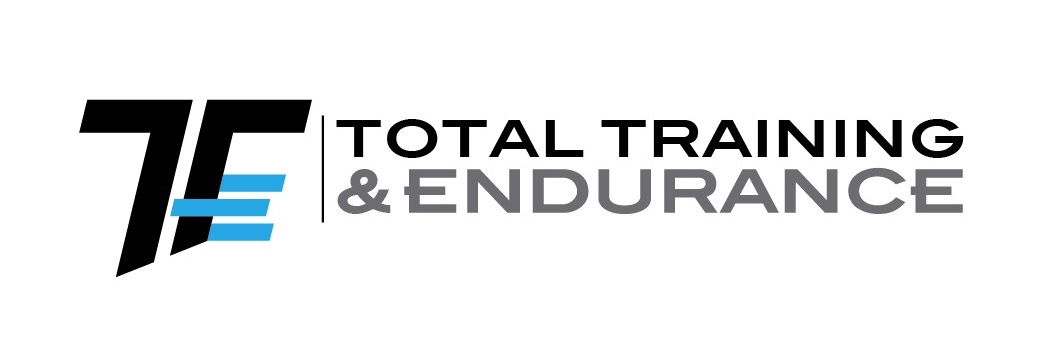An Impromptu to Aero Test with Eneas Freyre
 Thursday, July 28, 2011 at 11:00AM
Thursday, July 28, 2011 at 11:00AM An Impromptu to Aero Test with Eneas Freyre
During Tuesday mornings cycling session at Sherwood, I decided that the calm conditions were perfect for an impromptu aero test to see just how easily we can affect our aero dynamics on a bike and thus improve time trial performance.
Test Format:
I completed 2.75 laps of our Sherwood Island course at a steady state normalized power of 360w on a standard road bike with standard wheels a standard cycling kit and standard helmet cycling on the hoods. The variable was that I was wearing a loose fitting long sleeve wind breaker, which I wore during the 1st test, and removed for the 2nd test.
Results:
1st circuit while wearing the wind breaker of 2.75 laps took 5:39min at an ave. speed of 25.3mph.
2nd circuit without wind breaker of 2.75laps took 5:30min at an ave. speed of 25.9mph.
The 2nd lap was faster by .6mph at the same power output or about a 3s savings per lap.
Conclusion:
All though not the most scientific procedure, this controlled test clearly shows the impact of how small changes to our aero dynamic profile has a huge impact on cycling speed which is even more significant at higher speeds. Something as simple as loose fitting cycling clothes can create enough of an increase in wind drag as to affect a simple workout. For those of you that train by interval times, and not power, take note. Your performance on the same course can be greatly affected from one workout to the next, even within the same training sessions if weather conditions change making it hard for you to really tell if you are hitting your goals, thus our heavy emphasis on training with power to eliminate as many variables as possible and help you train at your goal pace.
What is very telling from this test, is that the fastest cyclist in our 30K time trial last week rode the same course at about 40w less output, yet went FASTER by over 1MPH. This athlete rode an optimized time trial bike with a full time trial outfit including time trial helmet and aero wheels.
So what should we take from this?
Everyone should consider their aero dynamic profile when trying to optimize performance. Take the time to set up a consultation with our TARGETRAINING coaches to see how we can help you find free speed! You can even rent aero wheels and a time trial helmet for you next event to help you gain that edge.
We look forward to helping you fly.




Reader Comments (1)
Good post Eneas. One thing that this highlights, I think, is that aerodynamics is not only about what you do have (aero helmet, wheels, TT frame, etc.), but also what you do NOT have. Applied to most triathletes, that can mean - "do you really *need* three water bottles?" "do you really need all those gels?" There are cases where "more (material) is less (drag)," such as a disc wheel, which is faster by virtue of it's increased surface area. Or the horizontally mounted water bottle between the aerobars, which fills in a gap of "dead space." But much of what is on the typical athletes bike serves only to slow them down. And much of it is unnecessary. Behind the seat bottle carriers are one of the most egregious examples, especially for Ironman, which is, according to a friend of mine, "a catered buffet with a race thrown in." It's not just about what you put on your bike. It's also about what you take off of it.